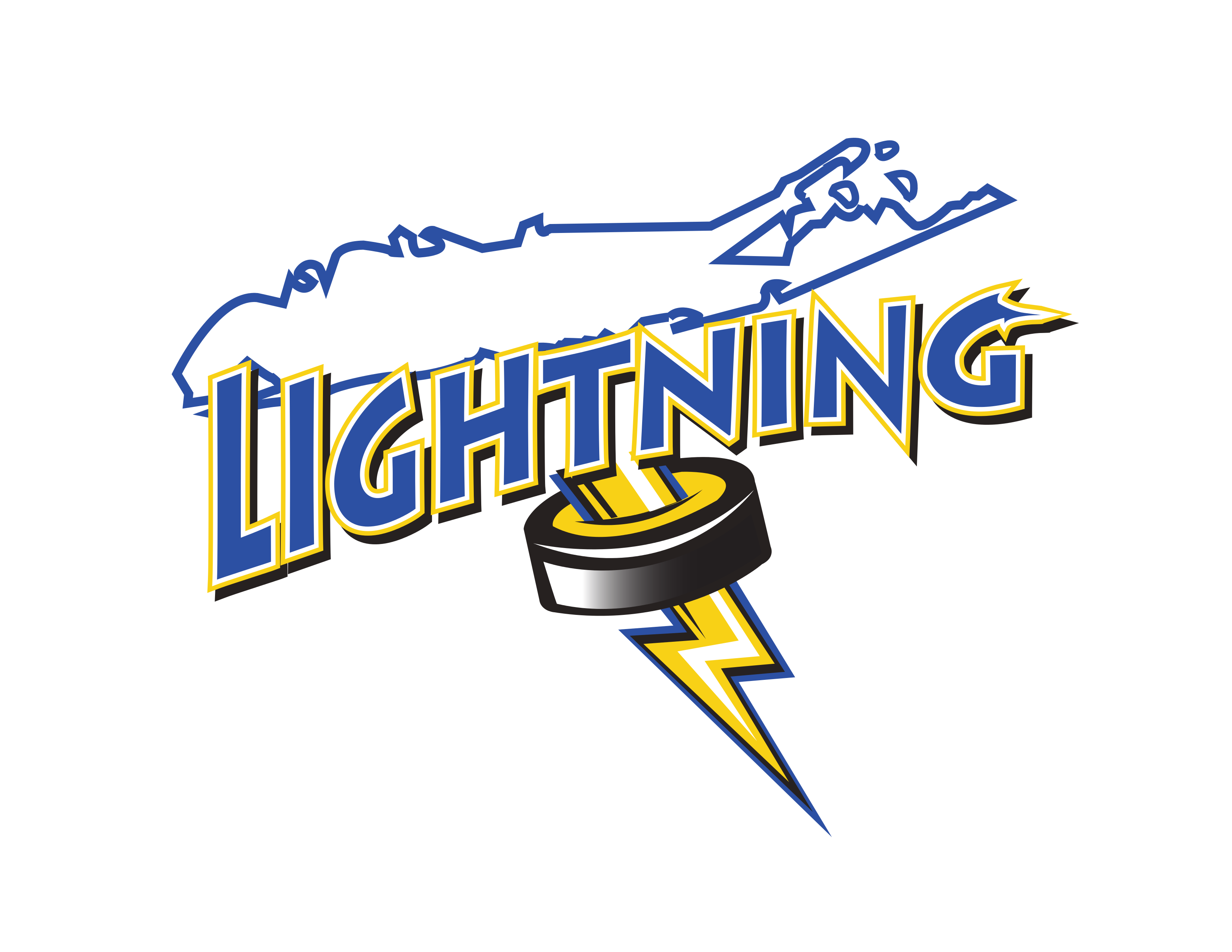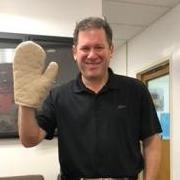-
Content Count
2162 -
Joined
-
Last visited
-
Days Won
73 -
Feedback
100%
Posts posted by beerleaguecaptain
-
-
On 6/19/2017 at 1:09 PM, psulion22 said:At least it'll be quiet and he'll be able to sleep.
That's terrible.
-
27 minutes ago, JunkyardAthletic said:Sounds like someone needs a sleep study...
she did one. they said sleep apnea but that it will go away if she loses weight. I await the weight....loss....
-
1 hour ago, HDHockey said:You ever try getting her a wedge or something to sleep slightly elevated? Know some people who that has worked for. Also know a few who used this and worked http://www.sleepright.com/product/nasal-breathe-aid-15-day-supply/
Yup. Didn't work
-
A couple of months ago my wife started snoring again - it's like a B-52 taking off. Cant sleep through it and I have to leave the bed most nights. A month ago I bought her one snoring device. It didn't work and she wasn't willing to try it a second day. I ordered a second device and we tried it last night. It lasted in her mouth all of 3 seconds before she said "I can't sleep with this." So off to the office futon I went. I lose hours of sleep every night. My back is killing me. Not fun.
-
On 6/10/2017 at 10:35 PM, MN old and slow said:My senior going to UW Madison should have went to UMD which is the the Harvard of the upper Midwest. Not sure I can forgive her.
Nationally UW Madison has an excellent reputation. UMD is unknown outside of hockey circles.
-
Great.... we have a vaccine-autism link conspiracy theorist supporter (debunked by the very "doctor" that started it - he admitted he was paid to release that info) and a VT helmet test supporter in the same thread. Can they occupy the same space? The world may be coming to an end!
-
 3
3
-
-
-
1 minute ago, Cosmic said:@dkmiller3356 Ever hear of, or listen to BlueShirt UnderGround (BSU) Radio? Disclaimer- BSU is Inappropriate, politically incorrect, NSFW, etc. I enjoy it.
I have not. I'll check it out. Thanks
-
NY would never trade him anyway. In fact the bloggers, team management and many fans are probably at my house right now with pitchforks looking to take my jerseys away. Sacrilege!!
-
yeah... we are in a tough spot for sure. 5 and 18 are tough. 30 no one will argue with. When 61 was signed no one had a problem with it is we can't engage in revisionist history. 21 has to be traded this off season before his NMC kicks in. Package 21 with 8 and/or 22 for a good D. I'd move 20, 10 and 13 too if the right deal were out there. I've seen enough from this crew. Only untouchables to me are 27, 76, 19, 24 and 93. The rest are all just chips as far as I'm concerned. And I include 30 in that list!! If someone will give us a stud center for 30 I make the move.
-
 1
1
-
-
Thank you for putting me out of misery.
-
 1
1
-
-
2 hours ago, Cosmic said:Do you mean hit as in, "Too bad we lost Zucc for the TBL series after the Captain hit him in the head with a clapper?"
-OR-
"The Bulls were scared to lose after MJ hit Kerr in the face in practice?"
Big time NYR fan here, just curious as to the story.
No, I mean... why did Grabner's game drop off the planet after being injured by a hit from Clendening in practice earlier int he year?
6 hours ago, chippa13 said:Thank you, Rangers.
You are most welcome. Now we have to beat Ottawa. Any suggestions on how to shut down Karlsson?
-
11 hours ago, JunkyardAthletic said:Erin Moran
Tragic life.... very sad.
-
Cool. Guess I was wrong!
-
ok... so this is where they start to screw with my emotions.....
-
I said the Rangers would lose. I was at the game last night and they were terrible. No passion. Even if they get another win it's over.
-
We are all here to support the both of you!!!!! Your strength through all of this so far has been amazing! You are so lucky to have each other.
-
 2
2
-
-
On 4/10/2017 at 10:51 AM, Hills said:Can you post more photos of the interior? I love that car!

-
 1
1
-
-
Big Ranger fan too and just don't see it happening. Too many flaws on this team and nit exactly peaking at the right time. What the hell happened to Grabner after Clendening hit him in practice? Geez... Hayes has evaporated. Stepan couldn't put the puck in an ocean. Nash will don his cloak of invisibility. The defense will show its age. And I have a feeling the Henrik hurt his hip.
-
36 minutes ago, chippa13 said:I think cannibalization might be a better word.
difference other than artistic?
-
Holy industry consolidation Batman!
-
On 3/25/2017 at 4:52 PM, marka said:FWIW, maybe not... These apparently came from a closeout / "NOS" supply. My guess is that they were made back then and never sold? Dunno. I paid $12 shipped for both of them...
How could you possibly think that he doesn't know what he had personally ordered and produced?

-
 1
1
-
-
6 minutes ago, Jamarquan said:Completely agree. I hope so too, but it's everywhere here. Locker rooms (guys were vaping right before hockey tryouts), buses, bathrooms, just all over the place.
I wish the school would do more, however they may not be able to.
Hard to catch and prove.
-
On 3/12/2017 at 9:51 PM, Jamarquan said:It seems like similar reasoning to why high school kids smoke in the bathrooms. They're good enough to never get caught, and it's an agreed upon place to get high. It's also why all the bathrooms at my school are unusable, you can't go in them without someone offering you drugs or smoking. The buses are worse. I should also mention that I do not partake at all, nor have I ever.
"or dudes"? I'm not trying to be homophobic, but unless the two or more dudes in question are well acquainted, seems really uncomfortable.
Statistically the biggest increase in teen drug use is from 11th to 12th grade. Hopefully you make it. Despite what the press and pro pot advocates say, other than legitimate medical marijuana use, its a dangerous road for many and not, IMHO, worth the risk. Lots of experience here both personal, parental and professional.
-
 1
1
-


The Venting Spot
in Miscellaneous Discussions
Posted · Report reply
Only played 1 shift tonight. Developed some ridiculous cartilage swelling/strain a few days ago on my left side and couldn't really skate without ridiculous pain. It seems I get some stupid injury every summer and I am f-ing sick and tired of it.